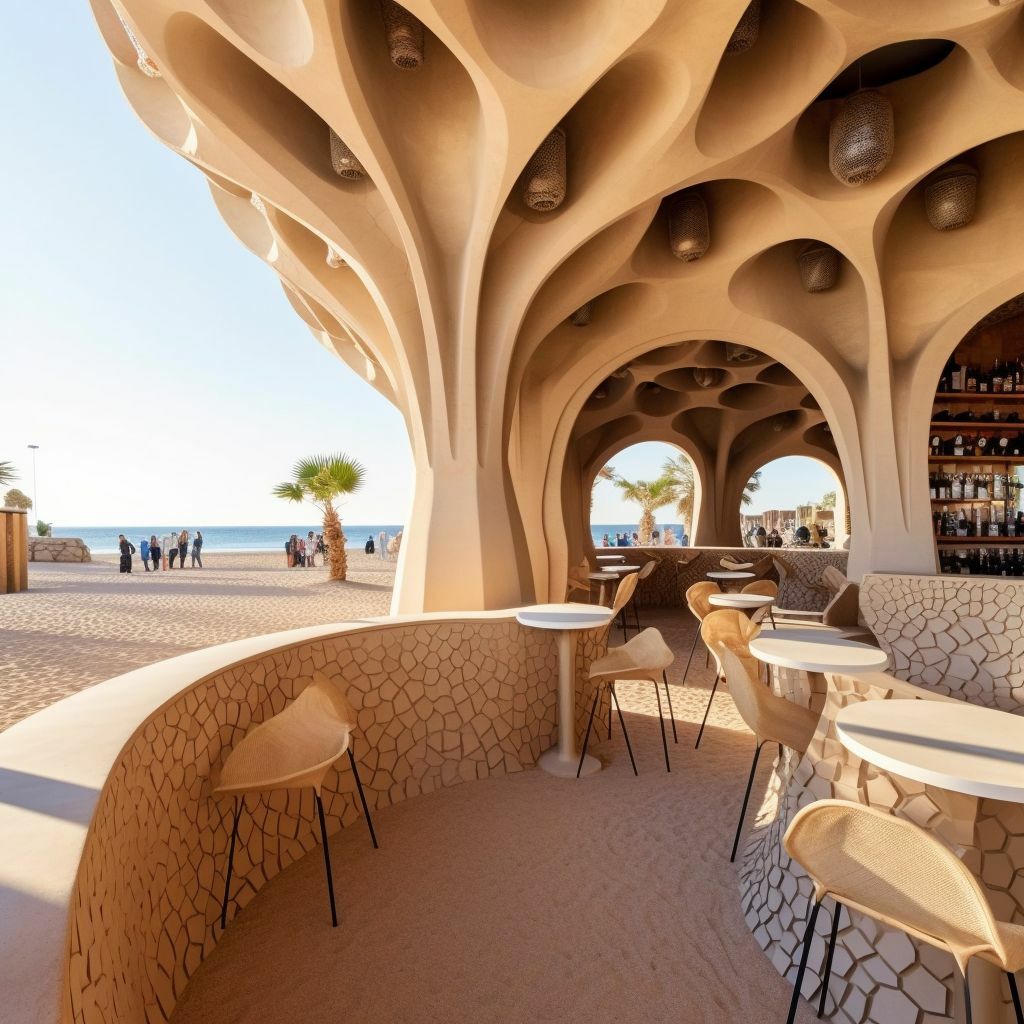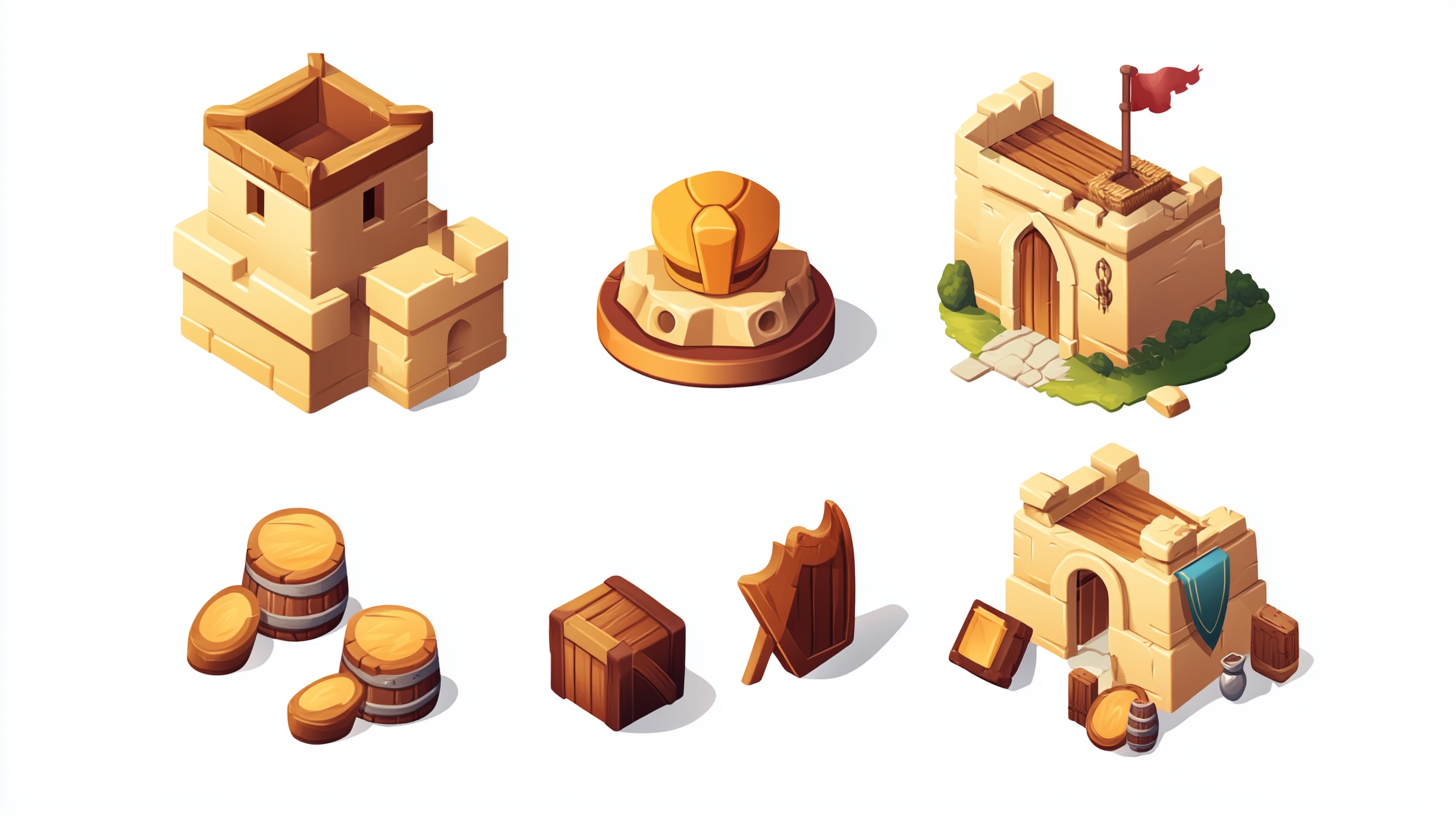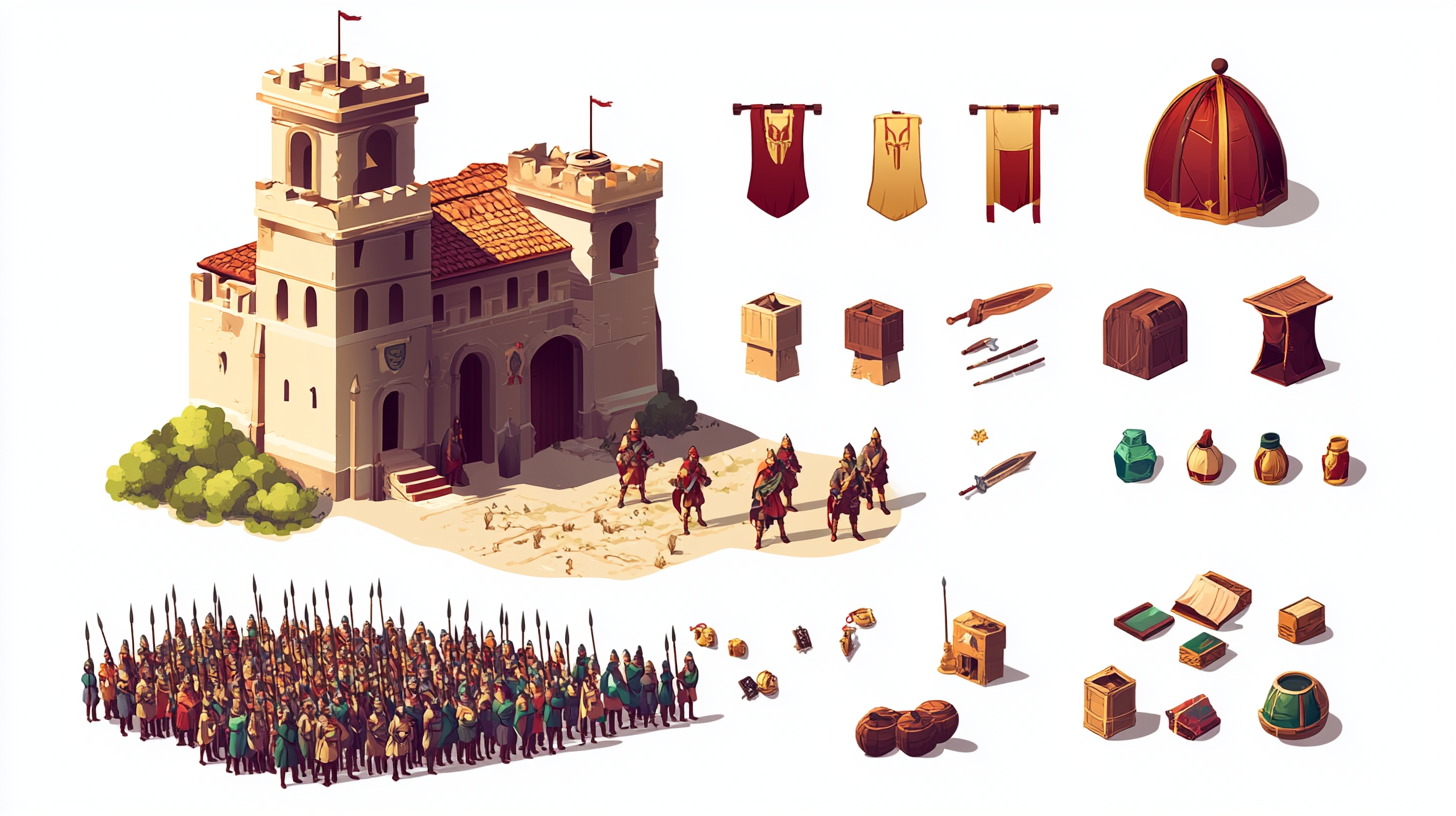How Bisuala integrates AI tools like Midjourney into real game design workflows, ethically and creatively
We recently used Midjourney on a project, mainly to create UI art.
It helped us move faster, no doubt.
But was it the kind of magic people talk about, that genie that turns rough ideas into flawless artwork?
Not really. Let me share what actually happened.
No, AI Doesn’t Make You a Better Designer
What AI did for us was increase our output.
Did it make our designs better? No.
It helped us concept art assets faster and, in some cases, skip 3D software altogether. But the taste, judgment, and art direction still came from us — the humans behind the screen.
As the saying goes: “Garbage in, garbage out.”
AI doesn’t replace creativity. It amplifies what’s already there.
Note: the first image on this article is one of my early attempts with ai. I was wondering how a beach bar designed by Gaudi would look like.
How We Actually Used It
At first, we didn’t plan to use AI at all.
The brief was simple: improve the UI of an existing mobile game.
The original UI had been built with a popular template, so we thought it would be easy to do better.
We started small, just me and another designer.
First, we studied what wasn’t working in the current UI and presented our findings to the client.
Once aligned, we proposed a new art direction and suggested a few UX improvements.
After our client approved the new direction, we brought Midjourney into the process.
We were cautious at first, but the results were hard to ignore.
We could generate concepts, refine them quickly, and implement assets in the engine far faster than before.
So to summarize:
We didn’t use AI to define the art direction.
We used it to produce and refine assets once the direction was already established.
How We Prompt (and Why It Matters)
We’re aware of the ongoing debate about AI models being trained on copyrighted works.
While we can’t control that, we make a conscious effort to avoid mentioning specific artists or studios in our prompts.
Instead, we rely on descriptive language, focusing on mood, color, composition, and style.
It’s not a perfect system, but it’s part of our commitment to using AI ethically and transparently.
All final assets delivered to clients are reviewed, modified, and finalized by our in-house design team. This ensures that everything we create is original, human-authored, and aligned with professional and ethical standards.
My View on AI and the Future of Design
It’s a complex time to be a designer.
I’ve always been eager to explore new tools, yet I deeply respect traditional craft and the artists behind it.
My stance is somewhere in between — hopeful but cautious.
I believe we’ll reach a point where AI tools are ethically trained, legally compliant, and creatively empowering for everyone.
That said, I’m also concerned about how generative AI could influence fake media, misinformation, and polarization in the future.
The technology is powerful. It’s up to us to use it responsibly.
How Do You Use It?
I’m always open to learning and rethinking my assumptions.
If you’ve been using AI in your creative process, I’d love to hear how.
Share your experience online or reach out directly. I’m genuinely curious to know how others are navigating this shift.
Wanna Revamp Your Game’s UI?
Let’s do it, with or without AI.
At Bisuala, we specialize in crafting motion-rich, emotionally engaging user interfaces for games.
If your game needs a visual upgrade or a fresh UI direction, get in touch →


